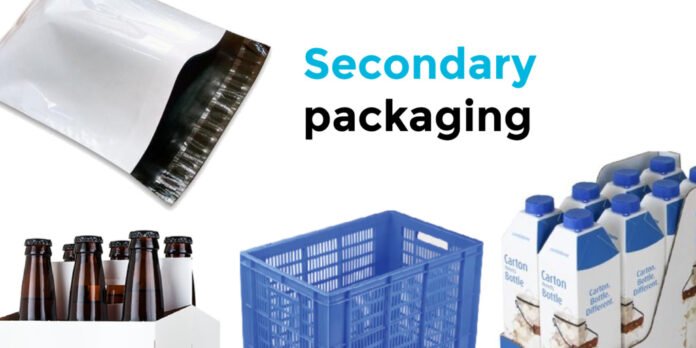Packaging is a vital part of your business and brand. It impacts all facets of your company, from the supplies to the finished products you deliver to consumers and wholesalers.
There are a few packaging options to choose from. Packing solutions can be categorized into primary, secondary, and tertiary. We have explained each type’s primary functions to make it easier for you to understand their main functions and when to use them.
Primary Packaging
Packaging is referred to as primary if it is in direct contact with the goods. The main objectives are to protect, contain, and inform the customer about its contents. Since it has direct contact with the product, primary packaging is also referred to as retail or consumer packaging.
Primary packaging is customarily made up of various elements. If your product is a body lotion, the primary packaging would be made up of the container, the label, and the lid. Other examples of primary packaging are poly bags, candy wrappers, toothpaste tubes, tins of canned goods, and vials.
Secondary Packaging
If you go to a store and decide to purchase a 12-pack of soda rather than a single bottle, the case in which the bottles are contained is secondary packaging. Secondary packaging is typically utilized for logistics and to showcase a company’s identity. This packaging may also be utilized in retail environments to group separate product units and safeguard merchandise.
A wide range of items is included in secondary packaging, including:
- Products on display
- Gift packaging
- Boxes with items inside
- Shelf-ready packaging
- Display cases for countertops
- Retail-ready packaging
Most of the secondary packaging is made of corrugated cardboard and printed cardboard. If you put creativity to play, you can effectively use secondary packaging to showcase your branding.
Tertiary Packaging
Tertiary packaging is used for protection, safe movement, and handling of goods. This includes mailers, transit packaging, and other forms of packaging that ensure the safe arrival of your items. While some companies use branded tertiary packaging, it is unnecessary since the consumer seldom sees the packaging.
What to Consider When Choosing Your Type Packaging
Consult a professional packaging company for practical, professional, and simple-to-use packaging.
When choosing to package for your company, whether it’s primary, secondary, or tertiary packaging, you must consider some things.
Think about the most vital purpose for which you are designing the packaging. Is it to safeguard fragile items? Do you want to display your branding? Would you like it to be recyclable to support your eco-friendly brand tenets?
Think about the packaging’s worth before investing your money in eye-catching but ineffective packaging. In addition to being functional, packaging should be designed with your brand and business in mind.
Take into account the costs associated with delivery and transportation. Some forms of packaging are larger or heavier than others, and these will cost you more in shipping fees.
Consider your branding. Packaging is the ideal place to showcase your branding and maintain consistency across the whole company. Consider where your branding on the packaging will be and use colorful packaging that echoes the colors of your company.

